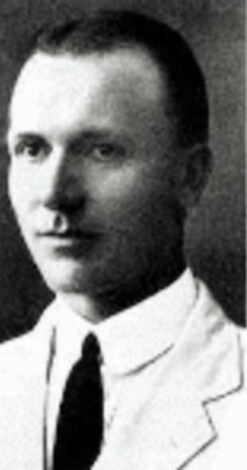Related Research Articles

Sir William Matthew Flinders Petrie, commonly known as simply Sir Flinders Petrie, was an English Egyptologist and a pioneer of systematic methodology in archaeology and the preservation of artefacts. He held the first chair of Egyptology in the United Kingdom, and excavated many of the most important archaeological sites in Egypt in conjunction with his wife, Hilda Urlin. Some consider his most famous discovery to be that of the Merneptah Stele, an opinion with which Petrie himself concurred. Undoubtedly at least as important is his 1905 discovery and correct identification of the character of the Proto-Sinaitic script, the ancestor of almost all alphabetic scripts.

Deir el-Medina, or Dayr al-Madīnah, is an ancient Egyptian workmen's village which was home to the artisans who worked on the tombs in the Valley of the Kings during the 18th to 20th Dynasties of the New Kingdom of Egypt. The settlement's ancient name was Setmaat, and the workmen who lived there were called "Servants in the Place of Truth". During the Christian era, the temple of Hathor was converted into a Monastery of Saint Isidorus the Martyr from which the Egyptian Arabic name Deir el-Medina is derived.
Below are notable events in archaeology that occurred in 1890.
Below are notable events in archaeology that occurred in 1926.

Dakhla Oasis or Dakhleh Oasis, is one of the seven oases of Egypt's Western Desert. Dakhla Oasis lies in the New Valley Governorate, 350 km (220 mi.) from the Nile and between the oases of Farafra and Kharga. It measures approximately 80 km (50 mi) from east to west and 25 km (16 mi) from north to south.
Below are notable events in archaeology that occurred in 1898.
The year 1976 in archaeology involved some significant events.
Below are notable events in archaeology that occurred in 1947.
The year 1954 in archaeology involved some significant events.
The year 1817 in archaeology involved some significant events.

The Valley of the Kings, also known as the Valley of the Gates of the Kings, is an area in Egypt where, for a period of nearly 500 years from the Eighteenth Dynasty to the Twentieth Dynasty, rock-cut tombs were excavated for pharaohs and powerful nobles under the New Kingdom of ancient Egypt.

Gertrude Caton Thompson was an English archaeologist at a time when participation by women in the discipline was uncommon. Much of her archaeological work was conducted in Egypt. However, she also worked on expeditions in Zimbabwe, Malta, and South Arabia.
Herbert Eustis Winlock was an American Egyptologist and archaeologist, employed by the Metropolitan Museum of Art for his entire career. Between 1906 and 1931 he took part in excavations at El-Lisht, Kharga Oasis and around Luxor, before serving as director of the Metropolitan Museum from 1932 to 1939.

Edward Russell Ayrton was an English Egyptologist and archaeologist.
Below are notable events in archaeology that occurred in 1914.
The decade of the 1790s in archaeology involved some significant events.

Henri Édouard Naville was a Swiss archaeologist, Egyptologist and Biblical scholar.
The year 2014 in archaeology involved some significant events.

Veronica Seton-Williams FSA, was a British-Australian archaeologist who excavated in Egypt and the Near East, as well as in Britain. She studied history and political science at the University of Melbourne and then Egyptology and prehistory at University College London.
Bernard Bruyère was a French Egyptologist. He was one of the discoverers of the Tomb of Tutankhamun.
References
- ↑ Reeves, C. N. (1990). Valley of the Kings: the decline of a royal necropolis. London: Kegan Paul. ISBN 0-7103-0368-8.